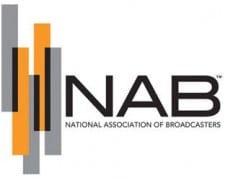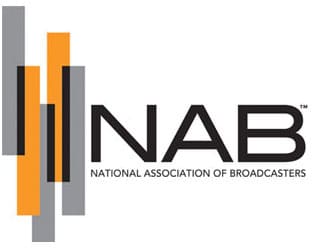 While MVPDs are arguing on Capitol Hill that must-carry is a burden, here’s an authoritative study from the NAB and National Religious Broadcasters (NRB) that suggests their arguments have no validity. Typically, the local TV stations opting for must-carry (as opposed to retransmission consent) carry niche foreign language, religious and independent programming.
While MVPDs are arguing on Capitol Hill that must-carry is a burden, here’s an authoritative study from the NAB and National Religious Broadcasters (NRB) that suggests their arguments have no validity. Typically, the local TV stations opting for must-carry (as opposed to retransmission consent) carry niche foreign language, religious and independent programming.
From the NAB study:
“No current technological barriers exist that would prevent cable and satellite television providers from adding program-carrying capacity to their systems in the near future, concluded a new study released today and commissioned by the National Association of Broadcasters, National Religious Broadcasters and the National Black Religious Broadcasters. The study counters pay-TV providers’ claims that continuing to provide broadcast television channels that elect must-carry status restricts their ability to add other programming options.
“Any suggestions of technology-based capacity constraints that allegedly limit cable and satellite companies’ ability to continue offering existing and new TV program channels lack credibility,” said the study conducted by telecommunications engineer Steve Crowley. “On the contrary, the advances described in this report indicate that the vast majority of pay television services will encounter few technical obstacles to increasing their program-carrying capacity for the foreseeable future.”
The Crowley study examined the growth of cable and direct broadcast satellite services since their conception and the technologies and techniques that have led to increased channel capacity. Technological innovations that have enabled pay-TV providers to expand their programming offerings over time are continuing their evolution, the paper found, and remain a core part of cable and satellite providers’ future growth potential.
The paper found continuing evolution in video compression, the technology used to reduce the number of bits needed to send video, has expanded satellite providers’ channel capacity. Changes to the way a satellite’s radio signal is varied to convey digital video, known as digital modulation, and better correction of errors by receivers have also increased capacity. The ability of newer satellites to provide more bandwidth and the ability to reuse satellite frequencies without causing interference have made satellite TV distribution more efficient.
“The efficiency of video compression technology doubles about every 10 years,” said the study. “Improved digital modulation and forward error correction techniques permit improved bandwidth efficiency and operation closer to theoretical limits. Satellite platforms have increased their electrical power generation. Increased satellite frequency reuse provides greater spectrum efficiency.”
Along with improvements in video compression and digital modulation and forward error correction, enhancements in amplifiers, which compensate for degradation in a signal that carries a program over cable, have increased cable providers program-carrying capacity. More efficient system architecture, including the ability to send to a group of homes only those channels that are being watched, have also allowed cable providers to expand their channel choices.
“Increasing frequency limits in amplifiers and coaxial cable raise the number of channels that can be carried,” said the Crowley study. “System architecture has evolved such that redundant transmission of all programs to all customers can be lessened or eliminated, increasing capacity for other uses. Video compression raises program-carrying capacity. Digital modulation and forward error correction increases cable system capacity beyond that available with analog systems; the transition from analog to digital is continuing today.”
The study concluded that because pay- TV providers exercise significant control over their distribution infrastructure, they can implement technological upgrades to their networks faster than other communications networks, including broadcasters who must rely on consumers acquiring hardware from third-party manufacturers and the development of open industry standards.
RBR-TVBR observation: It’s funny, because to the consumer most MSO MVPDs advertise huge bandwidth, fast speed, clear pictures in HD, etc. But to Capitol Hill, they’re singing a different tune. Compared to an HD 1080i signal (such as TBS HD), the digital bandwidth that these local broadcasters need for their main signal–and certainly their multicast channels–is minimal.





